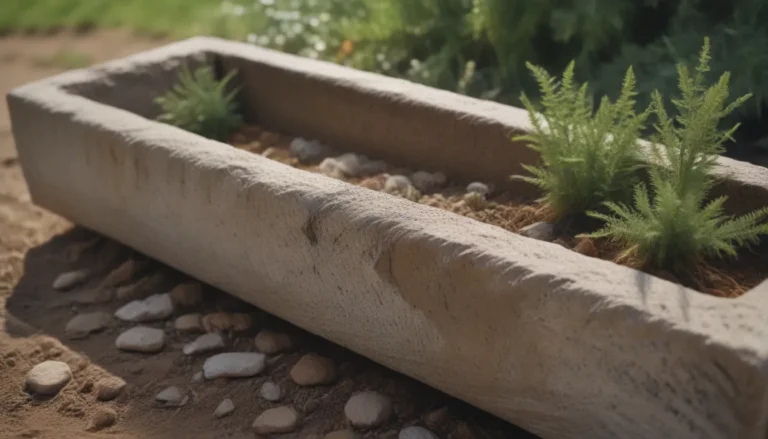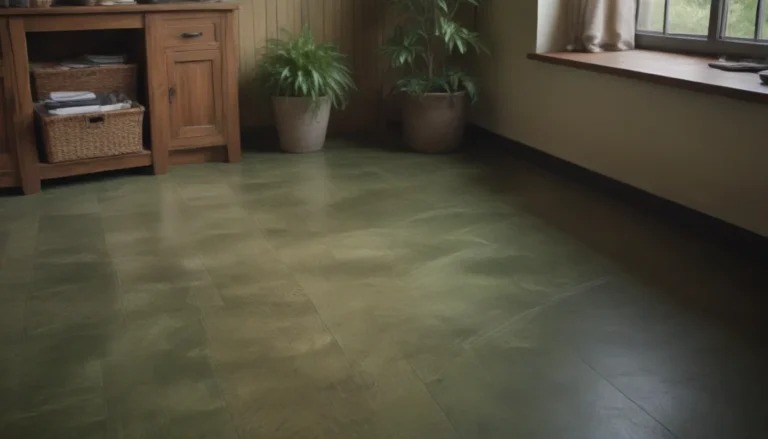Exterior Stains: Oil-Based vs. Water-Based

When it comes to staining exterior wood elements like fences, decks, siding, or garden bridges, one major decision you’ll need to make is whether to use an oil-based or water-based stain. Each type has its own set of characteristics, benefits, and drawbacks, so it’s important to understand the differences between the two before starting your staining project.
Oil-Based Exterior Stains
Oil-based stains have long been the go-to choice for exterior wood surfaces, thanks to their durability and natural appearance. Here are some key points to consider when using oil-based stains:
Appearance
One of the main advantages of oil-based stains is their natural appearance. These stains allow the wood’s grain to show through, giving a muted color that is less vibrant than water-based stains. However, if improperly applied, shiny areas can result.
How It Works
Oil-based stains penetrate deep into the wood’s cellular structure, filling the cells and preventing water from penetrating. They cure slowly as the oil hardens, resulting in a durable finish.
Application
While oil-based stains can be more difficult to apply than water-based stains, using the right tools and techniques can help. It’s recommended to use a natural bristle brush, synthetic filament brush, or pad applicator. Avoid using an airless sprayer unless you have experience with it.
Curing Time
Oil-based stains can take 4 to 5 hours to cure under warm and dry conditions, but it’s best to wait a full day for the stain to fully cure. Keep in mind that oil-based stains can remain tacky for several hours after application.
Lifecycle
Oil-based stains can last up to 2 years on decks and 4 years or more on fences and siding. However, over time, the transparent nature of oil-based stain can become more transparent, allowing UV rays to degrade the wood.
Clean-Up
Cleaning up oil-based stains requires mineral spirits, so be prepared for a bit of extra work in this department.
Pros:
– Natural appearance
– Durability
Cons:
– Messy
– Strong odor
Water-Based Exterior Stains
Water-based stains offer a different set of benefits and characteristics compared to oil-based stains. Here’s what you need to know about water-based stains:
Appearance
Water-based stains have a more solid color look similar to house paint, with vibrant colors being common. They are easy to apply consistently and typically have a smooth appearance with little blotchiness.
How It Works
Water-based stains cure by evaporation, leaving behind pigments and binders that create a durable finish on the wood surface.
Application
One of the advantages of water-based stains is that they are easy to apply. You can use a nylon or polyester brush, a 3/4-inch long nap roller, or a sprayer for application.
Curing Time
Water-based stains cure quickly, usually in less than two hours, making them a convenient option for quick projects.
Lifecycle
While it’s recommended to refinish annually, some water-based stains can last up to 2 to 4 years before needing another coat.
Clean-Up
Cleaning up water-based stains is much easier than oil-based stains, as it only requires water and a paint comb to thoroughly clean the brushes.
Pros:
– Easy application
– Quick drying time
Cons:
– May require more frequent reapplication
Representative Brand Names
When it comes to choosing a specific stain, here are a few representative brand names to consider:
Oil Stains:
– [Brand Name 1]
– [Brand Name 2]
Water-Based Stains:
– [Brand Name 1]
– [Brand Name 2]
Recommendation
For longevity and durability, oil-based deck stains tend to work best for exterior surfaces such as decks, fences, and siding. While oil-based stains may be messier and more challenging to work with, wearing latex gloves and using mineral spirits can help with application and cleanup. However, if you prefer a simpler and easier staining process, water-based stains are a good alternative, just be prepared to apply them more frequently to maintain the finish.
In conclusion, choosing between oil-based and water-based stains ultimately depends on your preferences, the project at hand, and the level of maintenance you are willing to commit to. Consider the key differences outlined above to make an informed decision that will result in a beautifully stained exterior wood surface that suits your needs and preferences. Happy staining!





